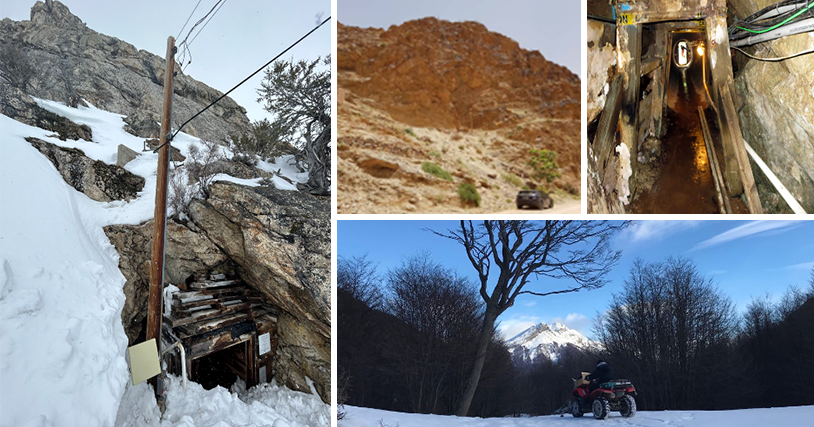Hughes Installers Scale Mountains and Cross Oceans to Connect Nuclear and Seismic Monitoring Sites

When you read the phrase “remote location,” what do you envision? Perhaps a desert with nothing but scrub trees for miles. Or a tropical island with white sands and dense forest. At Hughes, we think of those places. But we also think of flooded underground tunnels, windswept polar regions, desolate mountain caves and uninhabited islands in the middle of oceans––all places Hughes teams have navigated to install communication equipment for our customers.
Our work on behalf of the Comprehensive Nuclear-Test-Ban Treaty Organization (CTBTO) illustrates the diverse range of environments where Hughes installers venture. CTBTO’s International Monitoring System (IMS), comprises a unique global network of monitoring stations and laboratories hosted by 89 countries around the globe. The network provides a steady flow of real-time data to detect a wide range of phenomena including earthquakes, volcanic eruptions and meteor strikes, as well as non-nuclear explosions. For example, the system detected all six of North Korea’s declared nuclear tests between 2006 and 2017, as well as the blast that devastated Beirut in 2020.
Hughes designed, deployed and manages the CTBTO network, the epitome of a global managed network service that spans 264 geographically dispersed sites. Essential to CTBTO’s mission, the network requires always-on connectivity at every site––many of which are in extreme environments that pose significant engineering challenges. Communications equipment must be installed in and operated from hard-to-access natural caves and manmade structures, often tucked inside inhospitable terrain, so sensors can pick up geological movement deep inside the Earth. The sensor data then transmits via resilient and secure connectivity to and from CTBTO’s Vienna data centers for critical, real-time monitoring and early warning activations.
At Hughes, we like to say we do, “Whatever it takes” to meet our customers’ needs. The CTBTO network offers many examples of that value in action; here are a few of the challenging places Hughes installers have conquered in service of the IMS:
-
Morocco––This cave installation required four men to carry each box of heavy equipment up a jagged mountain of rock, dirt and shale. During parts of the ascent, they installed cliffside ropes to hoist items to the ledge where the cave was situated.
-
New Zealand―Installers traveled by small inflatable boats launched from a New Zealand Navy Destroyer to an uninhabited island in the middle of the ocean. The installation effort took seven days, including travel time on the Destroyer to and from the mainland and then to and from the island.
-
California––In a flooded tunnel where mold grows rampant under a ceiling only 4.5-foot-high, installers donned air aspirators and sloshed through water on their knees or stood hunched over equipment boxes, unable to stand fully erect during the install process.
-
Nevada––This cave in an extreme mountain region is often covered in snow, requiring installers to strap on skis and special gear for the hour trek up the face of the mountain. Not only did they have to reach the location in hazardous conditions, but they had to clear piles of snow from the entrance before they could enter the cave.
-
Argentina––Snow mobiles were the only way to reach this site in Ushuaia at the Southern tip of Argentina, even in the off-season! The Hughes team needed to complete the installation prior to the start of Winter, otherwise it would be too hazardous for them to travel.
-
Finland––To repoint a satellite dish mounted on the side of a skyscraper, an installation crew scaled a seven-story building using rope and harnesses until they reached the dish placed near the rooftop’s edge.
As a true global network monitoring nuclear stations and other seismic events, these widely distributed sites require nearly 99.9% uptime. Each site is designed for full redundancy, with as many as 40 sites having tertiary backup links. Spanning all seven continents, five teleports and eight satellites, the multi-transport network comprises a mix of 3G/4G, VPN, MPLS, Ku-, C and L-band satellite transports, utilizing Hughes JUPITER™ System terminals and Hughes 9520 BGAN machine-to-machine satellite terminals.
While these installations may seem like extreme competitions, they illustrate the lengths the Hughes team will go to do “Whatever it takes” serve our customers.